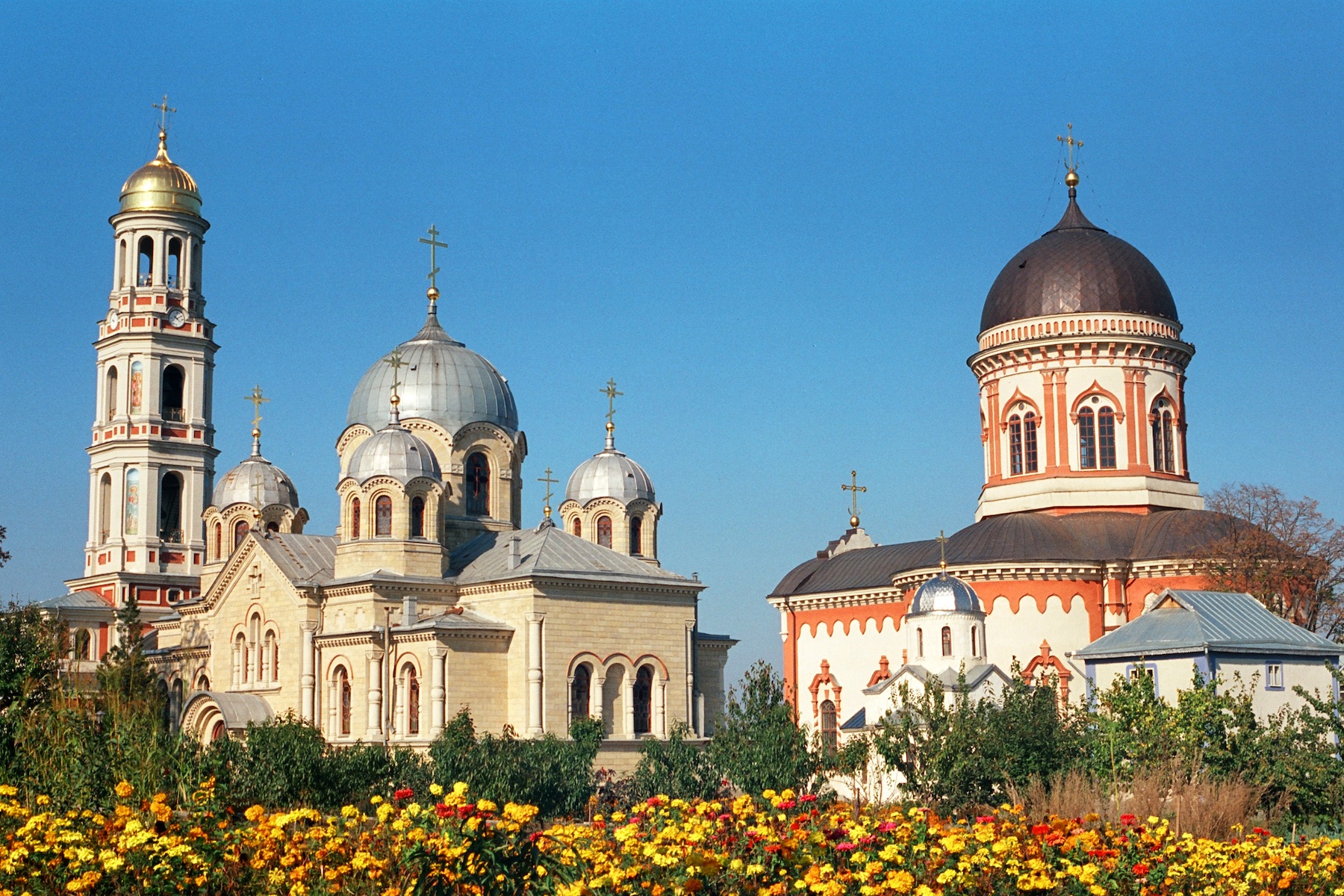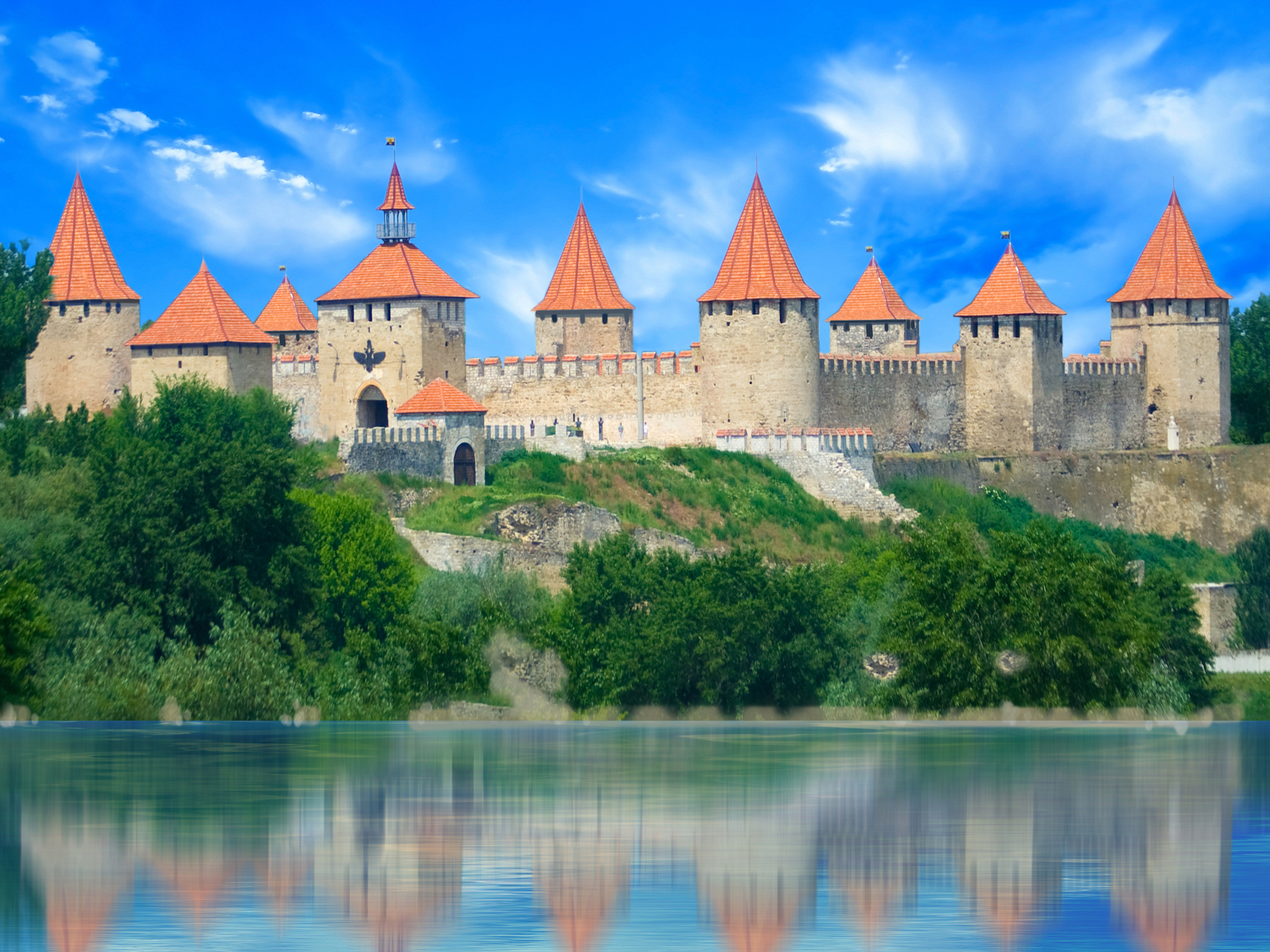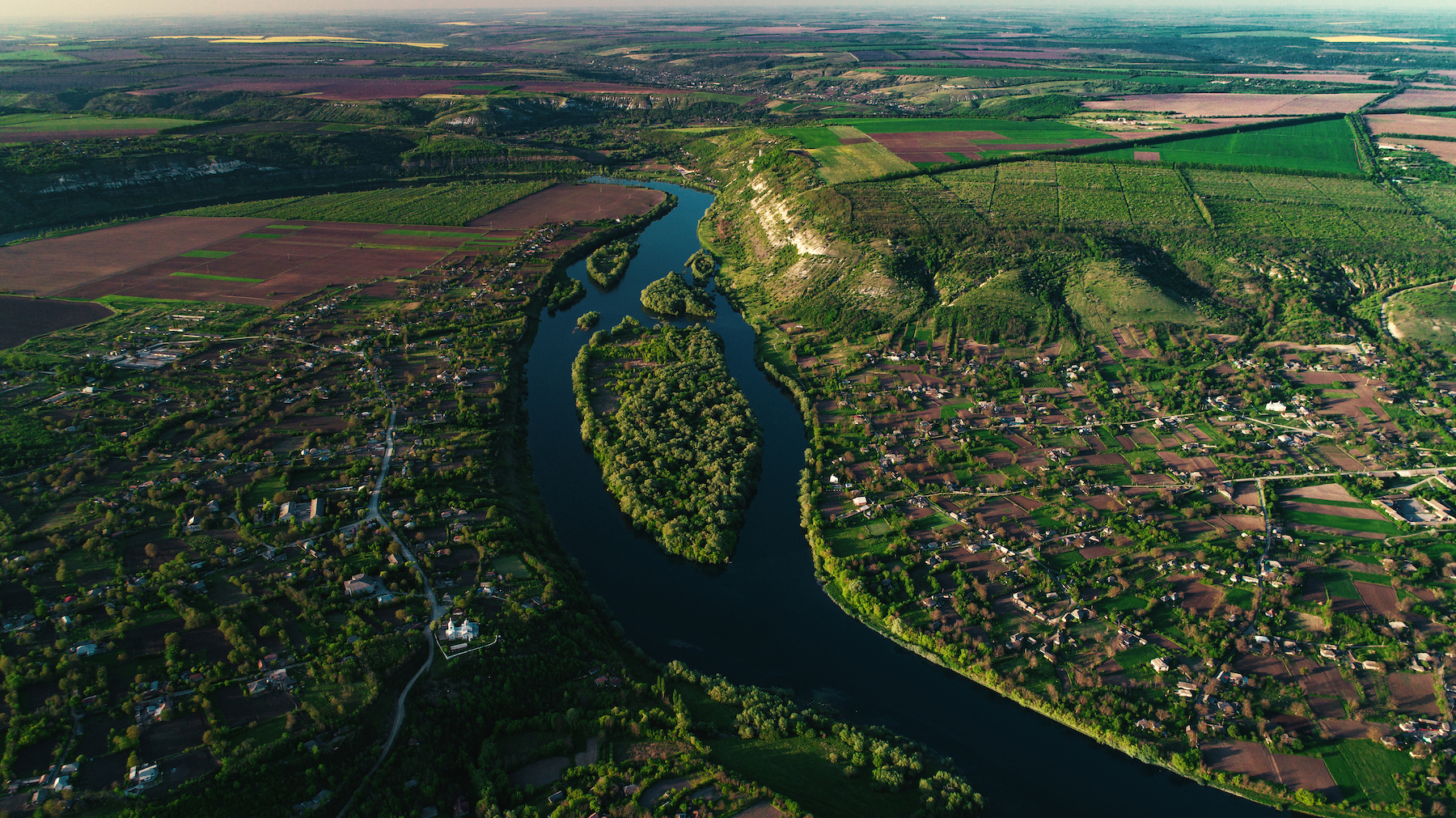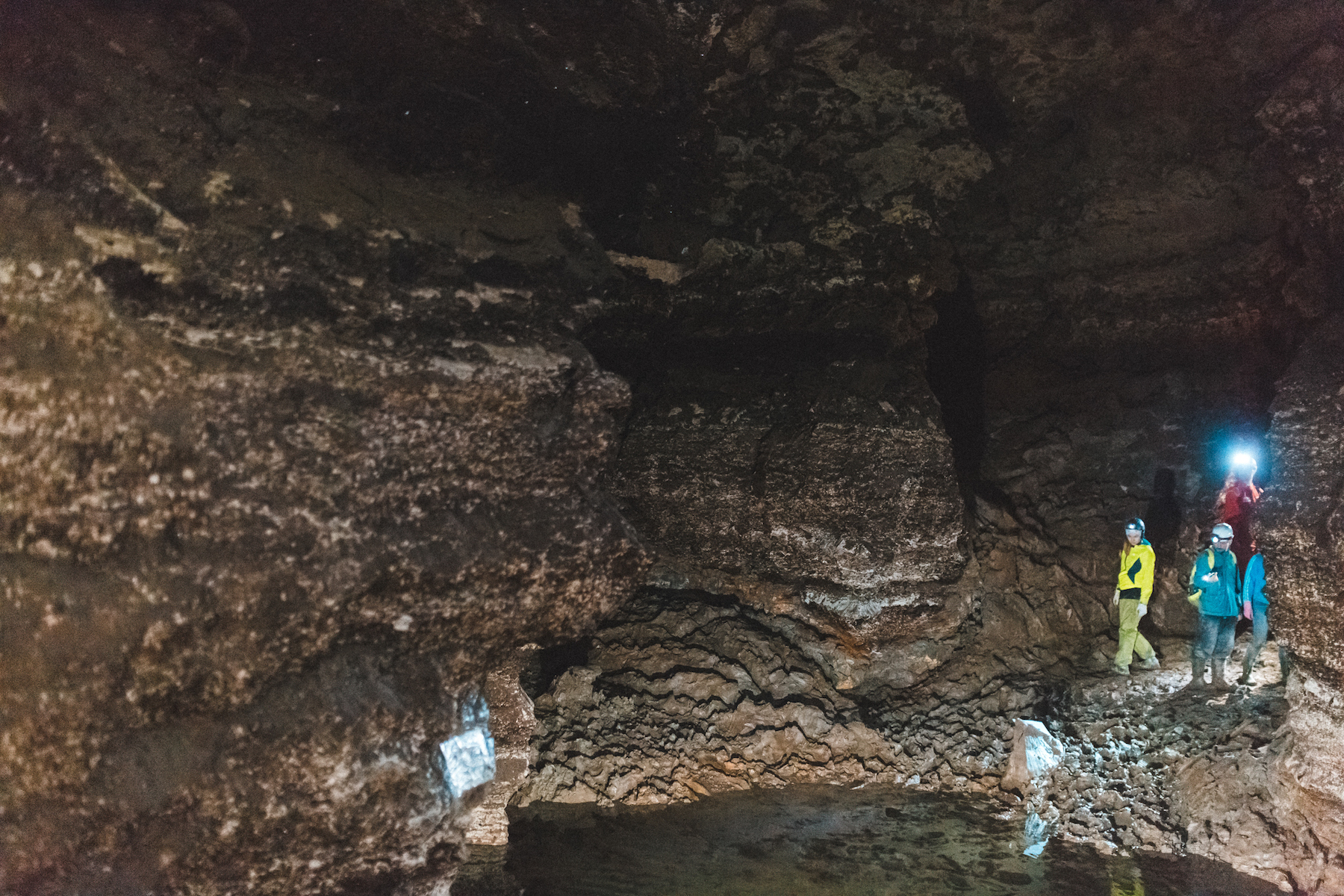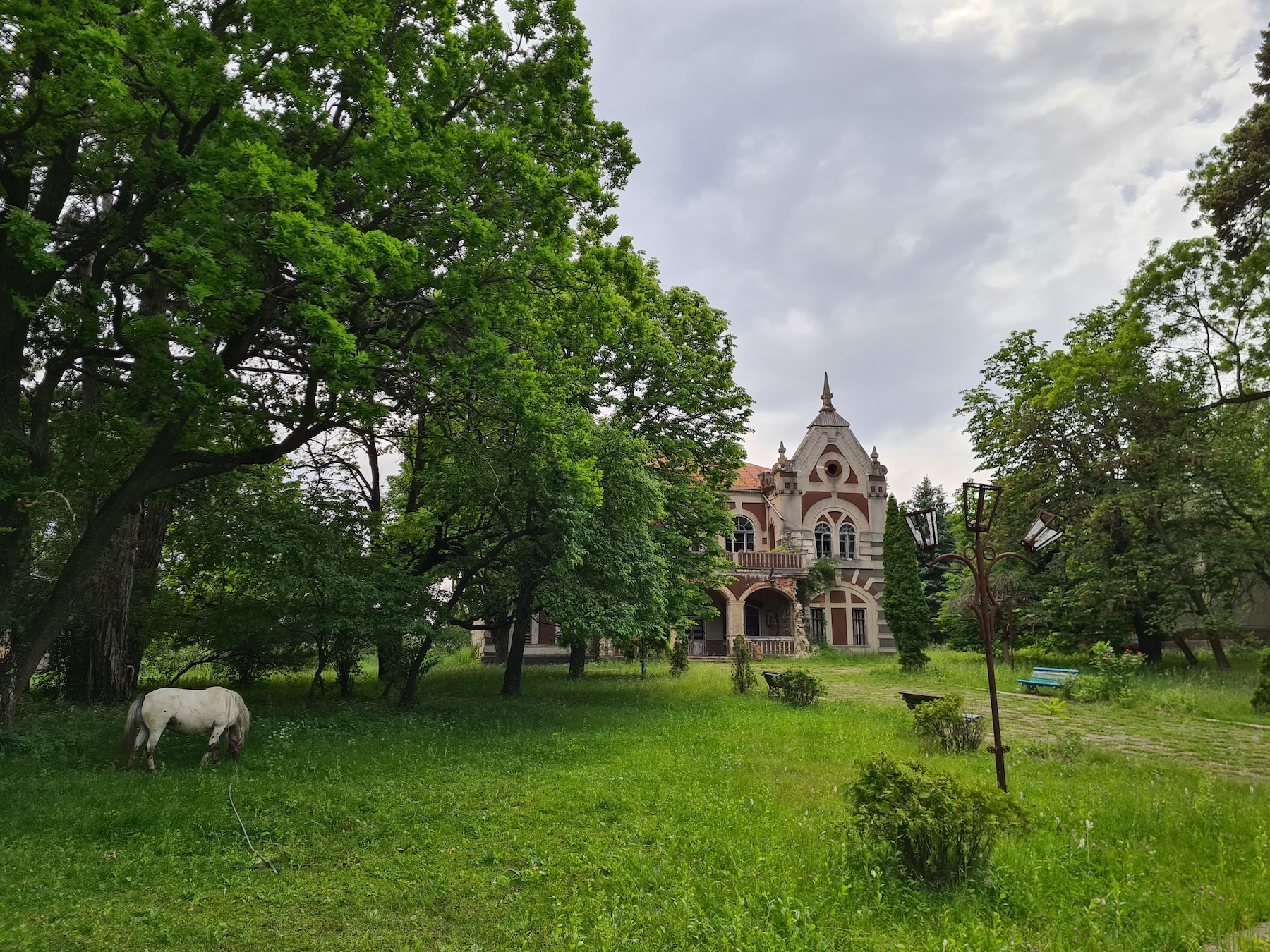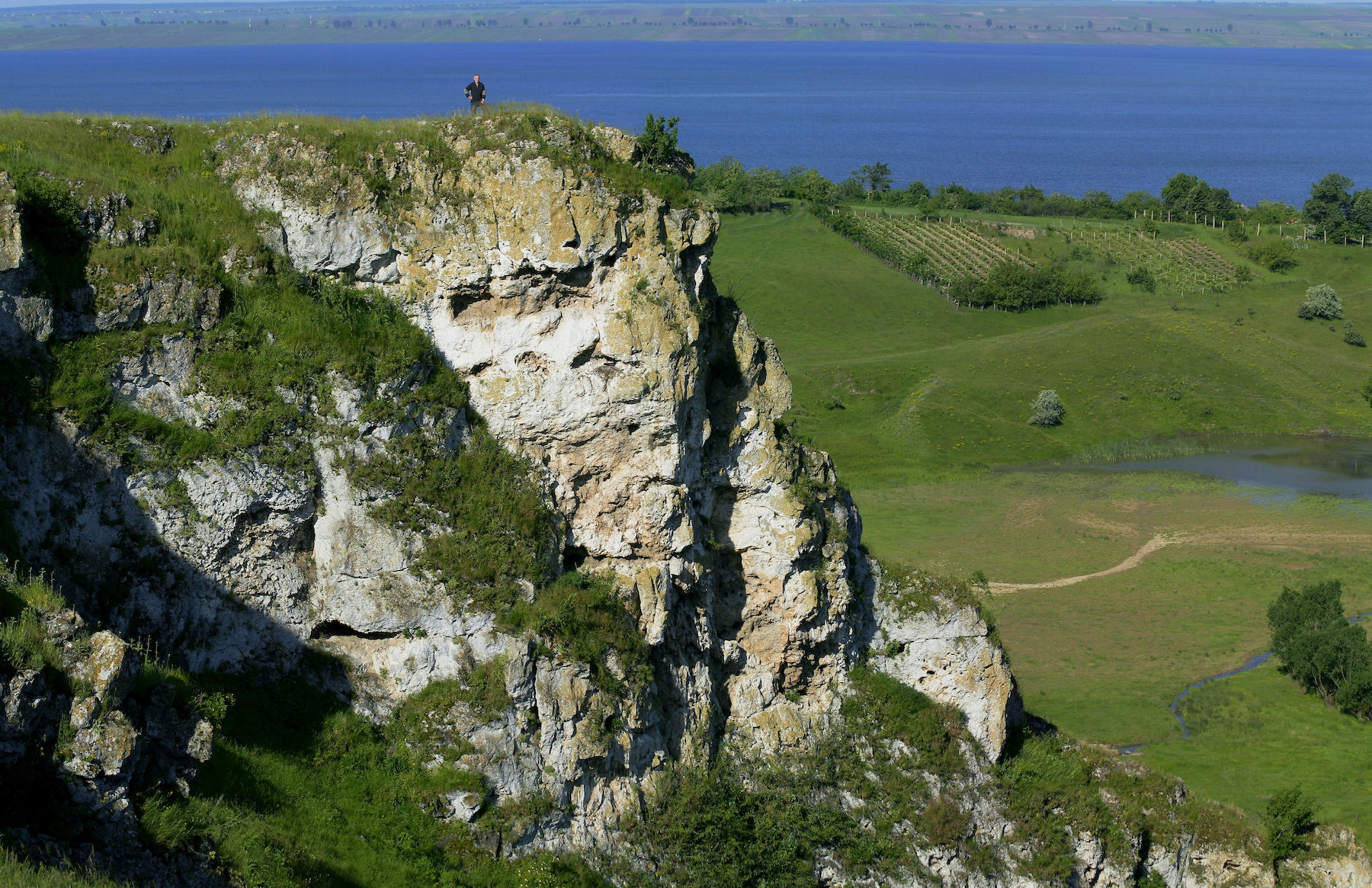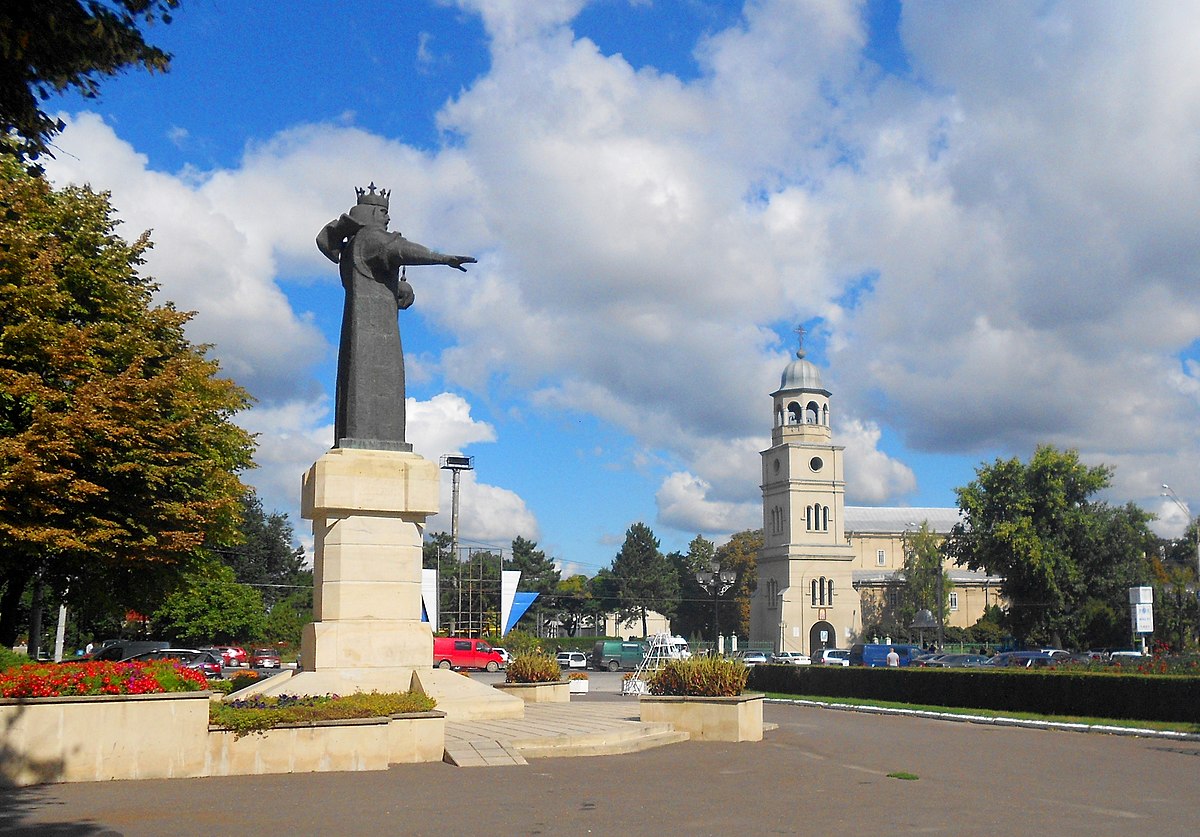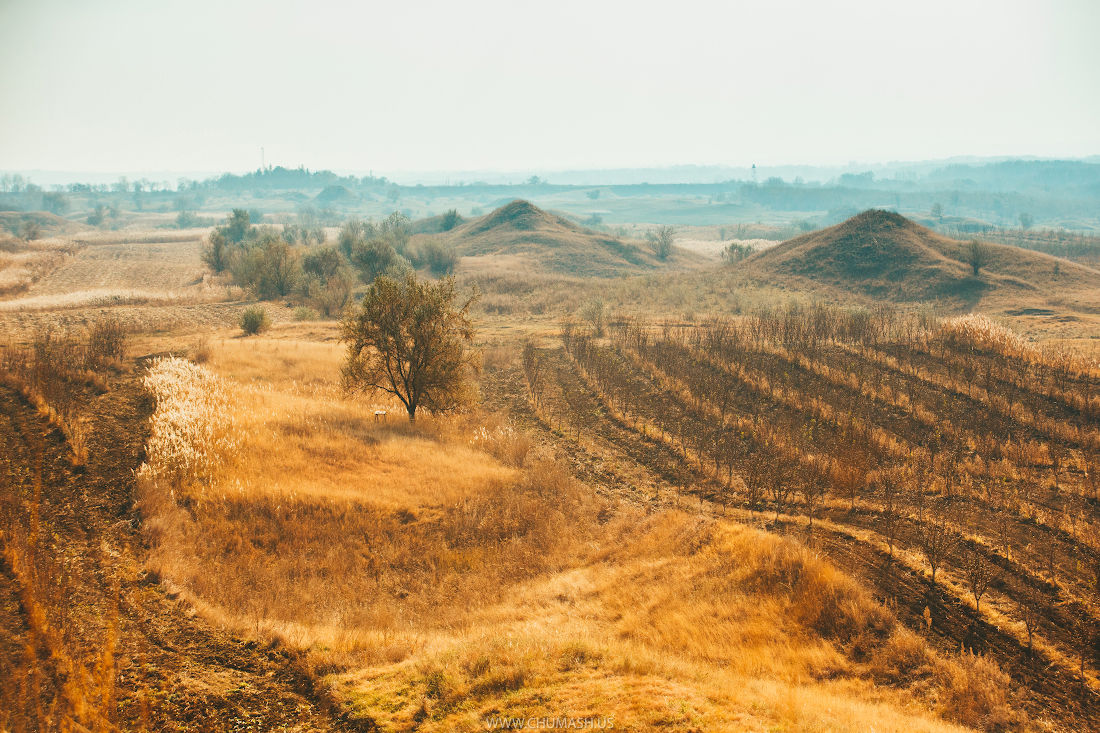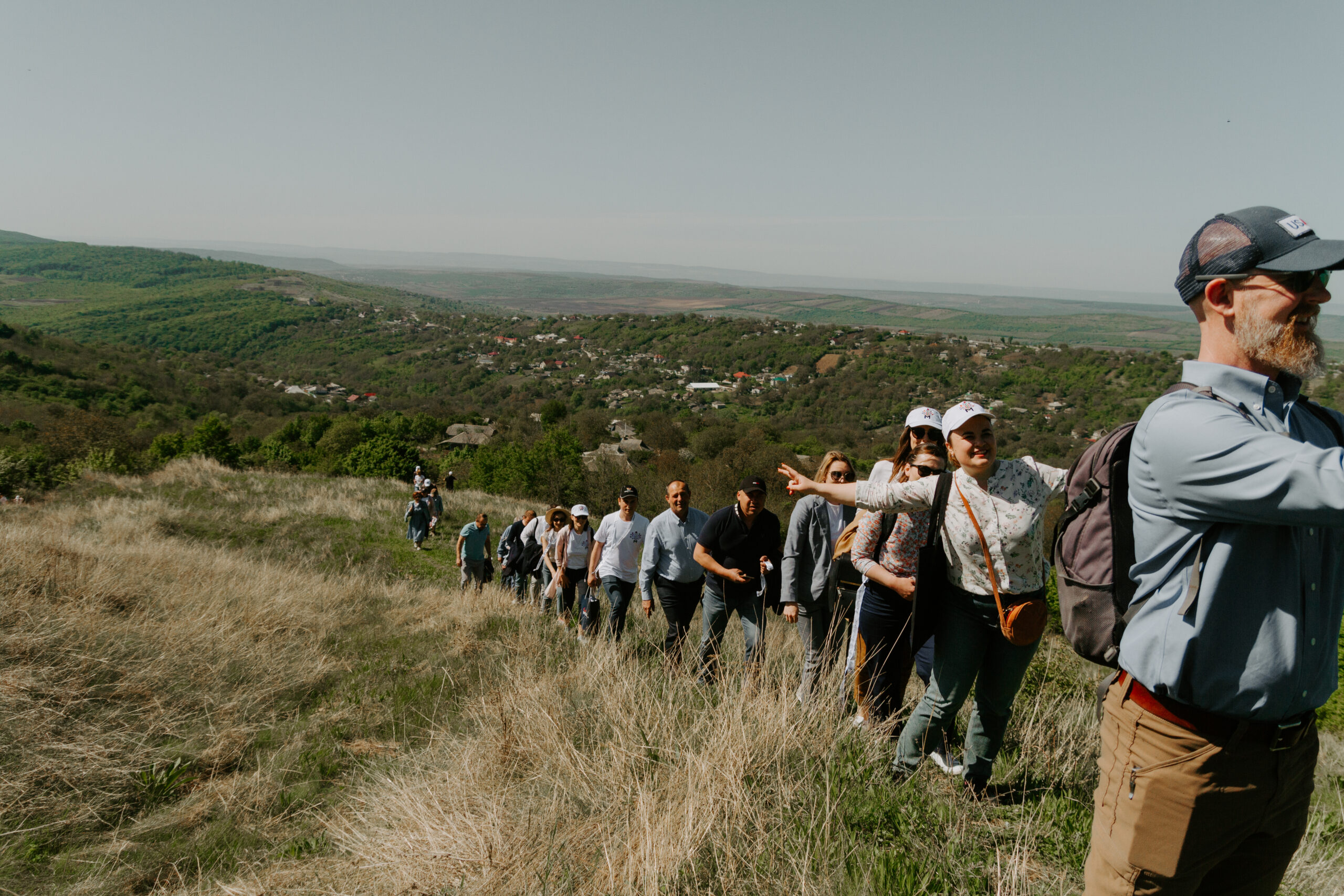One of the joys of touring the Noul Neamt Monastery is that the monks love sharing their ancient crafts-making skills with visitors. The complex is an offshoot of the Neamt Monastery in Romania, so its spiritual traditions are a mixture of Romanian and Slavic. The Noul Neamt has an array of features that make it more intriguing than many Moldovan monasteries. It boasts four churches, an impressive library and a museum. It also has workshops for creating icons – paintings of Jesus or the saints – and sculpture. And it has a carpentry workroom. All are open to guests.
Noul Neamt Monastery
Tighina Fortress
Also called Bender Fortress, Transnistrian region buffer zone The Ottomans built the fortress after Sultan Suleiman the Magnificent conquered the area in 1538. Also called the Tighina Fortress, it was one of medieval and Renaissance Moldova’s most important landmarks. Sweden’s King Charles XII took refuge in the area after the Russians defeated his forces in the Battle of Poltova in 1709. Ottoman soldiers, trying to drive Charles from the area, fought several skirmishes with him. One of the fortress’s legends is that Charles’ crown is hidden in a dungeon there. Another legend is that the golden carriage of Ukrainian General Ivan Mazepa, who stopped at the complex, is hidden in the fortress. For those interested in old-time warfare, the fort contains a torture chamber and museum.
Naslavcea’s spectacular river views
Naslavcea, on Moldova’s northern border, offers the country’s most spectacular views of the Dniester River. The best vantage points are the tops of steep emerald hills rising from the riverbank. The area contains what Moldovans call the Heart of the Dniester — an island in the river shaped like a heart. Nature is incredible away from the river, too. In fact many people call this location Moldova’s Switzerland. So be sure to explore the village’s surroundings, which include the Nagoryan Caves, where locals hid when the Tatars invaded. You’ll also find manmade gems in the area, such as a centuries-old water mill.
Emil Racovita (Criva) Cave – one of the world’s biggest
The Criva Cave is an awe-inspiring reminder of nature’s handiwork, starting with its length of 89,000 meters — or more than 55 miles – on several levels. It is the world’s third-largest cave carved out of gypsum, a sulfite mineral, and the world’s 26th-largest cave over-all. Its chambers range from five to 50 meters – or 150 feet – deep. Another amazing feature is the cave’s 20 underground lakes. The cave’s walls come in many colors, and it boasts stunning stalagmites and stalactites. It was discovered by accident in 1959 when quarry workers were using explosives to dislodge chunks of gypsum, which is used for construction and in fertilizer.
Taul Park – Moldova’s largest
Moldova’s largest manmade green area is Taul Park, which sprawls over 49 hectares, or 120 acres. Russian financier Ivan Pommer hired famed Odessa landscape architect Hippolyte Vladislav–Padalko to create the park around Pommer’s mansion. Completed after three years of work in 1904, the park includes 150 species of trees, shrubs, vines and flowers, including more than 100 exotic varieties. The imports include Japanese cherry trees and Douglas firs from Canada. There is no entrance fee to the park. You can explore it to your heart’s content, walking along an astounding 12 ½ kilometers of trails. Many visitors say the park’s most enchanting feature is the lake in its center. Its grounds include a number of historic buildings.
Duruitoarea Veche Stone Age Cave
Over the eons the Duruitoarea River in northern Moldova carved out a deep gorge in the underlying limestone. In places where limestone and water combine, there are often caves, and this area has a famous one. The Duruitoarea Veche Cave was a Stone Age people’s settlement, archaeologists say. Evidence of early human life was found in its three sections, whose total length is 49 meters, or about 150 feet. Excitement swept through the area when someone made an exciting discovery near the cave years ago. It was the partial skeleton of a female mammoth with tusks three meters – or nine feet – long.
Balti, the northern capital
With a population of 125,000, Balti is Moldova’s second-largest city. Its homes, public buildings, churches and schools are a mix of architectural styles, including early 19th Century Romanian, Soviet and neo-Romanian. Balti’s streets are quieter than Chisinau’s bustling thoroughfares.
But it isn’t boring, and it offers a few mysteries. For example, why is a tank sitting in the main square, and why does the city have two airports instead of one? To clear up those conundrums, you’ll have to come see the city yourself.
Suta de Movile (Valley of the Hundred Hills)
Although it is called the Valley of the Hundred Hills, the rolling landscape near Braniste actually contains more than 3,000 undulations. It is such an unusual formation that you are unlikely to see anything like it elsewhere.
Legend has it that the mounds are the graves of Getae, an ancient tribal people who lived along the lower Danube River and nearby plains. The story goes that the tribe posted sentinels on the hills to warn of enemies’ approach.
Those who say the legend is untrue contend that only God could have created such a stunning, geologically symmetric arrangement.
Mount Balanesti
If you like climbing, but don’t want a grueling or death-defying excursion, you will enjoy ascending Mount Balanesti, at 429 meters – or 1,400 feet – Moldova’s highest peak. The trek will start at the village that carries the mountain’s name and wind through a peaceful landscape of wheat and corn fields. When you reach the top, you will find a breathtaking view of the surrounding countryside. Because the climb is only moderately taxing, when you return, you will feel energized, not exhausted.
